After rearranging administrative units, Thanh Hoa has 16 border communes bordering Laos, with 41 general education facilities including 21 primary schools, 17 secondary schools, one secondary ethnic boarding school, one primary and secondary school, one secondary and high school.
It is expected that in the 2025-2026 school year, the number of students in border communes will reach about 14,504 students with 594 classes.
According to the People's Committee of Thanh Hoa province, the 6 selected projects are all located in border communes with rugged terrain and difficult economic conditions. Specifically, the school in Bon village, Yen Khuong commune was upgraded and expanded to 38 classes, 962 students, with a capital of 90 billion VND. In Can village, Bat Mot commune, the project to renovate an inter-level boarding school serving 20 classes with 513 students, with a total capital of 113 billion VND.
Tam Lu Primary and Secondary Boarding School located in Lang village, Tam Lu commune, was newly built on an area of about 6 hectares, with 39 classes and 1,013 students, with a total investment of 187 billion VND, making it the project with the largest scale and cost.
Tam Thanh School in Mo village, Tam Thanh commune will be renovated, upgraded and expanded to 26 classes with 710 students, costing 147 billion VND. Na Meo School in Na Meo village, Na Meo commune will be renovated and expanded to accommodate 29 classes for 632 students, with an investment of 87 billion VND. In Xuan Thanh village, Son Thuy commune, the project to renovate and expand the inter-level boarding school to serve 30 classes with 750 students has a total investment of 115 billion VND.
The province has assigned departments and branches to determine priority criteria, from which to create a suitable investment list. For the two primary and secondary schools built next to each other, consider repairing, renovating, expanding, building additional dormitories, dining halls, kitchens, and other essential functional facilities according to the actual land area.
For two primary and secondary schools not built next to each other, and not too far apart, consider the possibility of repairing, renovating, and expanding one of the two schools to build a dormitory, dining hall, and kitchen; for each school, consider the possibility of repairing and expanding to build other essential functional areas according to the actual area.
For two primary and secondary schools that are far apart, consider expanding one school to build classrooms for the other school; build a dormitory, dining hall, kitchen; and other essential functional facilities.
When completed, these inter-level boarding schools are expected to provide a stable and safe learning environment for students in border communes, helping them to study with peace of mind and have full access to the educational program. At the same time, they will contribute to improving the quality of human resources and long-term development for mountainous areas.
Source: https://giaoducthoidai.vn/thanh-hoa-dau-tu-hon-700-ty-dong-xay-6-truong-noi-tru-lien-cap-vung-bien-post744387.html




![[Photo] The Standing Committee of the Organizing Subcommittee serving the 14th National Party Congress meets on information and propaganda work for the Congress.](https://vphoto.vietnam.vn/thumb/1200x675/vietnam/resource/IMAGE/2025/11/19/1763531906775_tieu-ban-phuc-vu-dh-19-11-9302-614-jpg.webp)

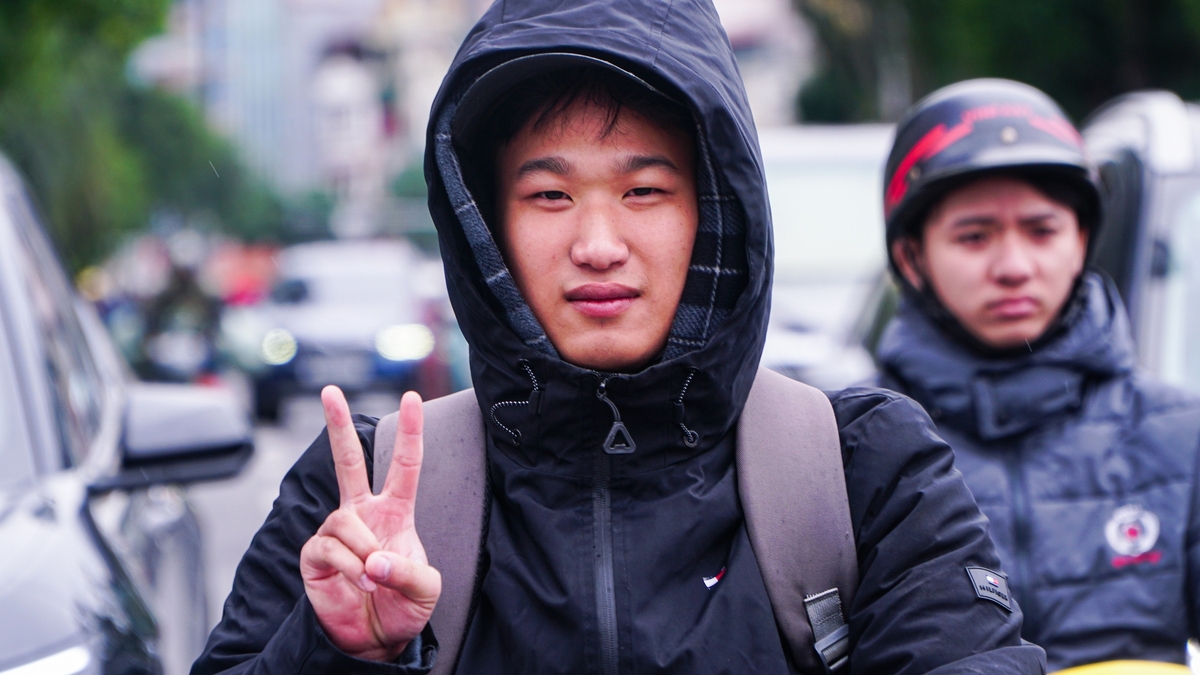

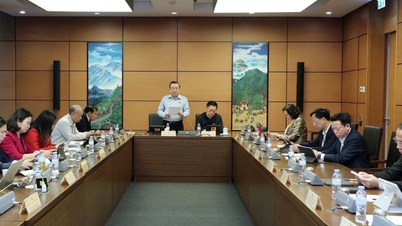

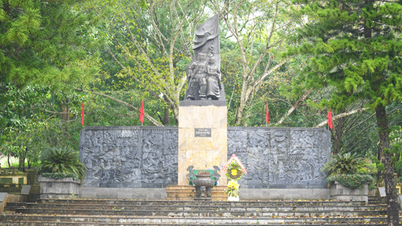





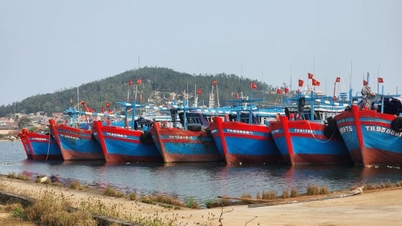

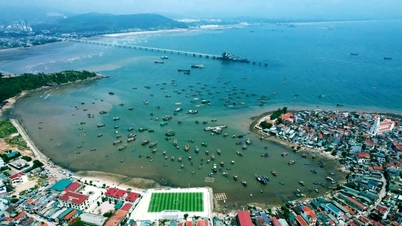








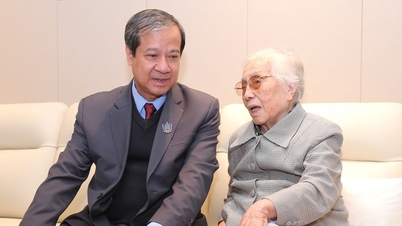




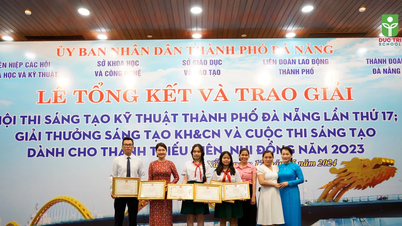
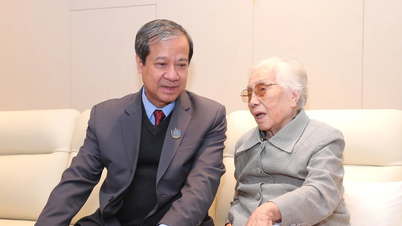
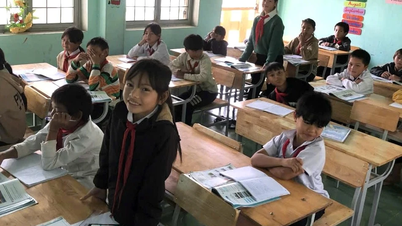
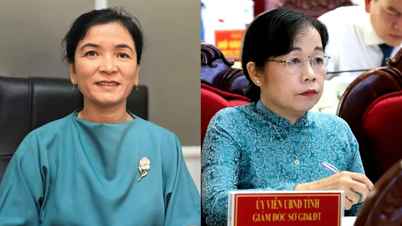


![[Photo] Prime Minister Pham Minh Chinh and his wife meet the Vietnamese community in Algeria](https://vphoto.vietnam.vn/thumb/1200x675/vietnam/resource/IMAGE/2025/11/19/1763510299099_1763510015166-jpg.webp)
![[Photo] General Secretary To Lam receives Slovakian Deputy Prime Minister and Minister of Defense Robert Kalinak](https://vphoto.vietnam.vn/thumb/1200x675/vietnam/resource/IMAGE/2025/11/18/1763467091441_a1-bnd-8261-6981-jpg.webp)









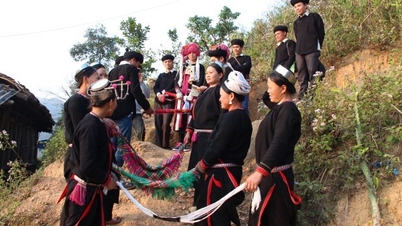

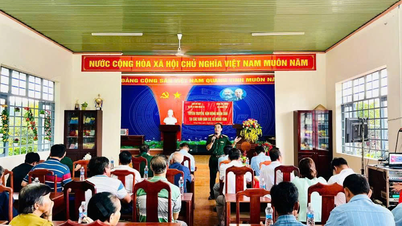

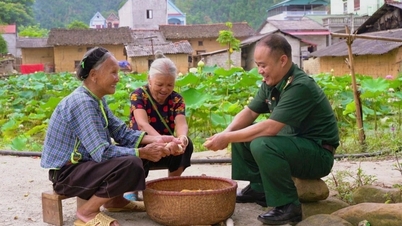






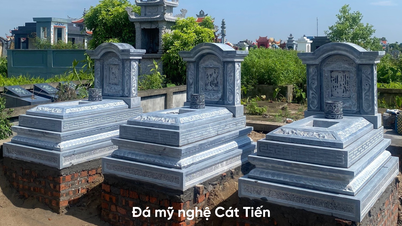



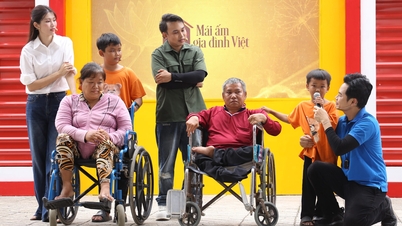
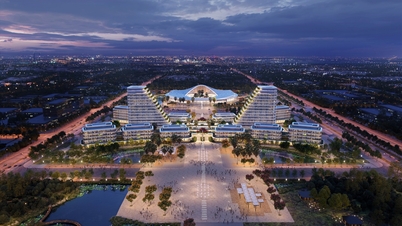



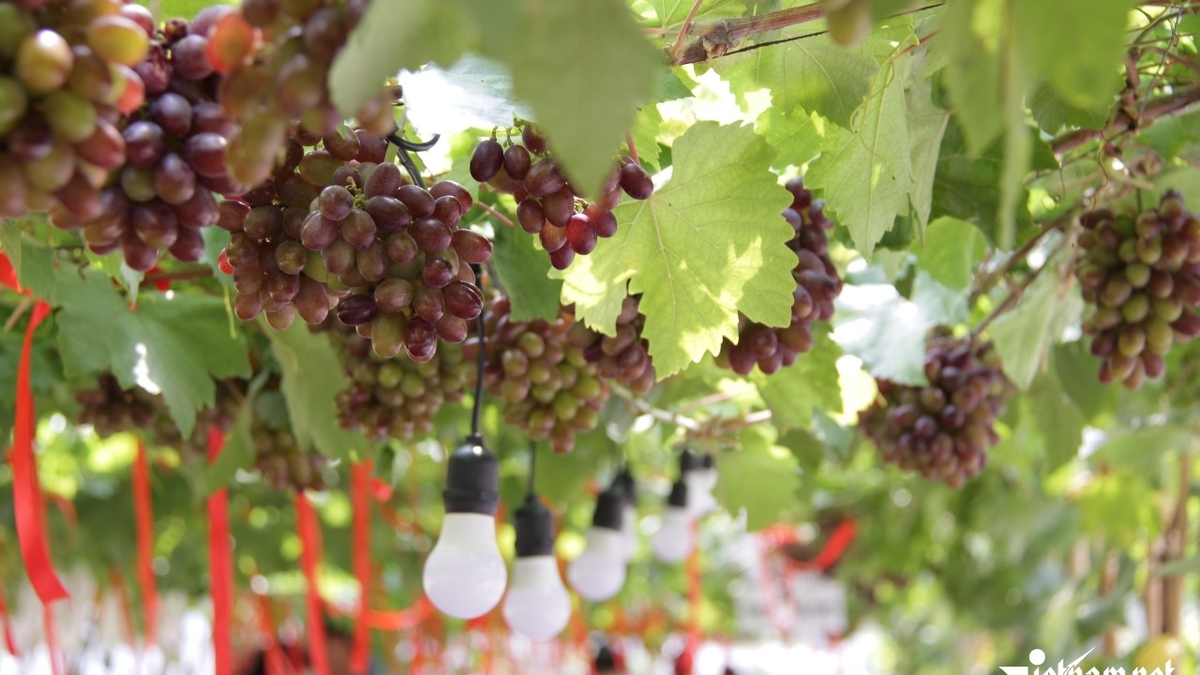


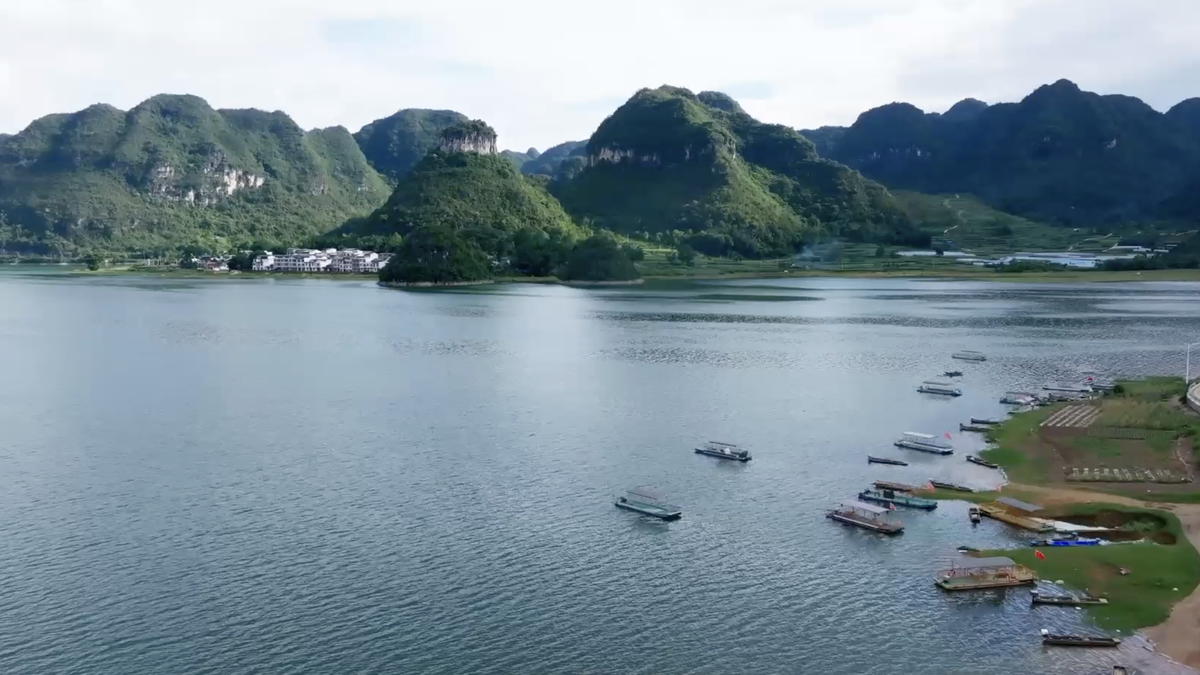



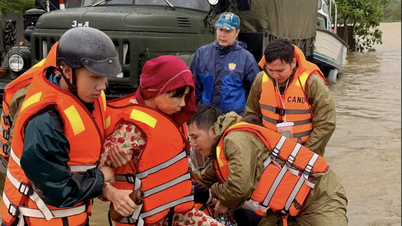
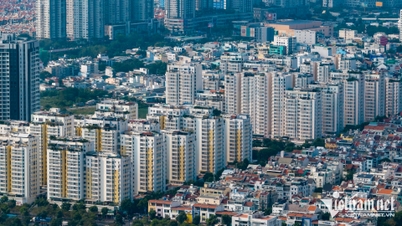


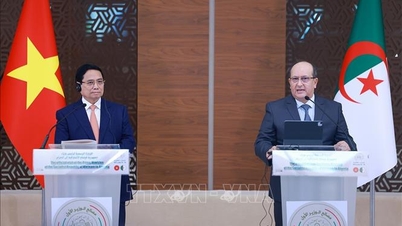


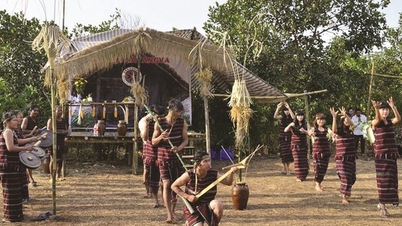



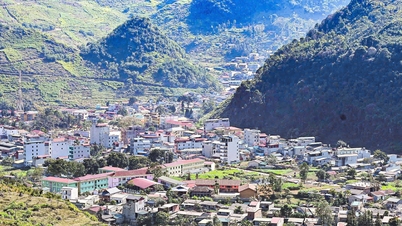






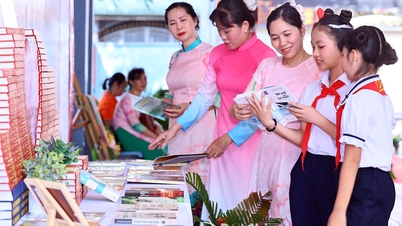










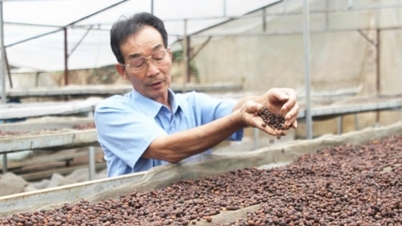

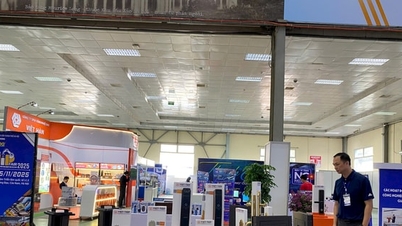





Comment (0)